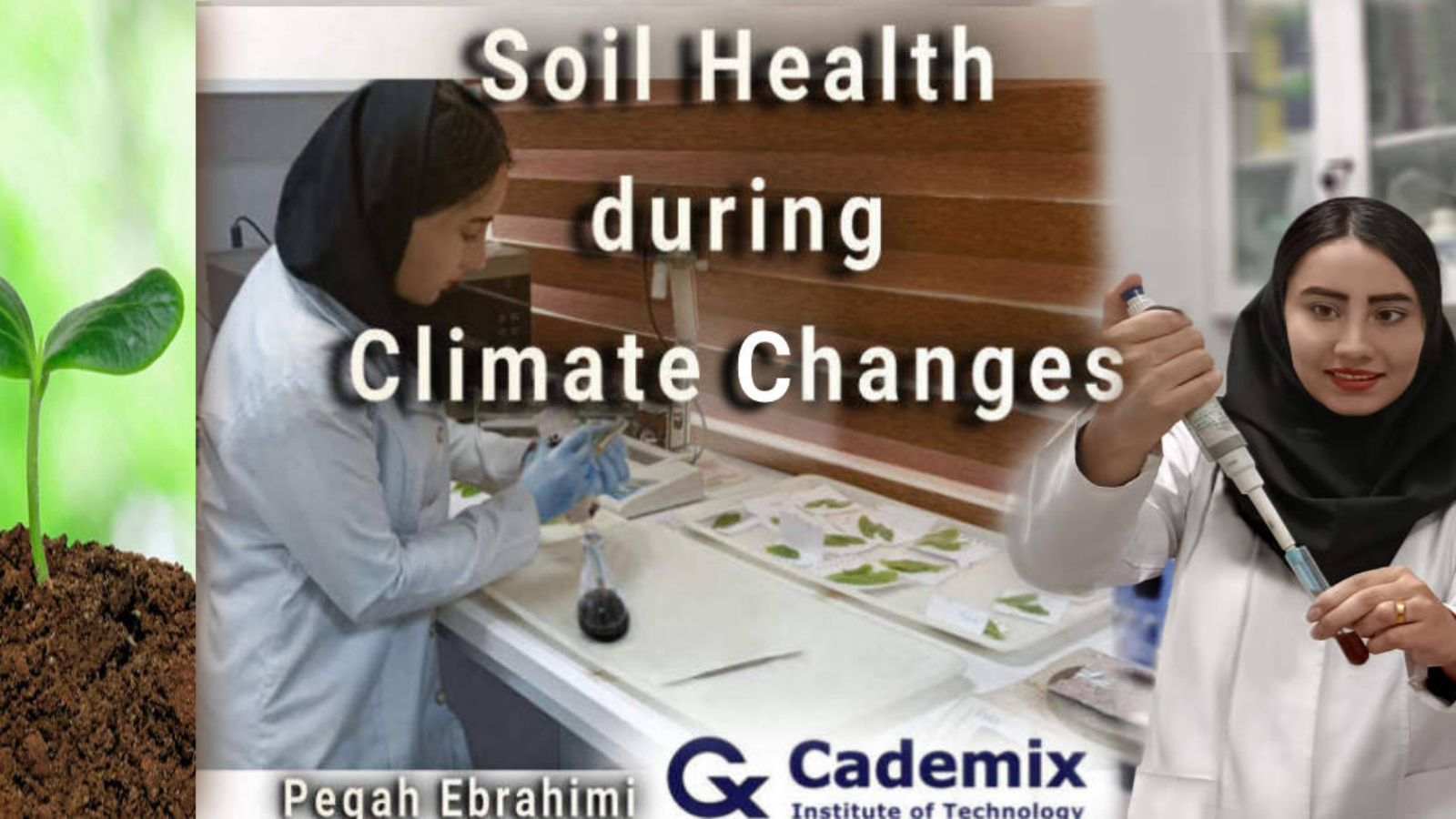Abstract
Soil health during climate changes (global warming and rainfall patterns) is a strong point to cope with the changes. All the resources needed for plant growth are stored in the soil and provide the life of the primary consumers. Therefore, the life of humans and secondary consumers also depends on the elements in the soil so that life on the planet is possible. Climate changes directly affect the amount of beneficial elements, soil physics, humidity and temperature. Destruction of soil as the most important source of life is a threat to all of us. As a result, the use of conservation methods for soil stability is a must. Due to the need to increase food production, we need sustainable management of land and soil. The functioning of terrestrial ecosystems and the global carbon cycle both strongly depend on soil organic carbon (SOC). In this article, we discuss the importance of organic carbon, the interactions of carbon in the soil and atmosphere, the reaction of insects, soil erosion, the need to know plant species compatible with the soil, and the role of humans. By Pegah Ebrahimi, Cademix Institute of Technology
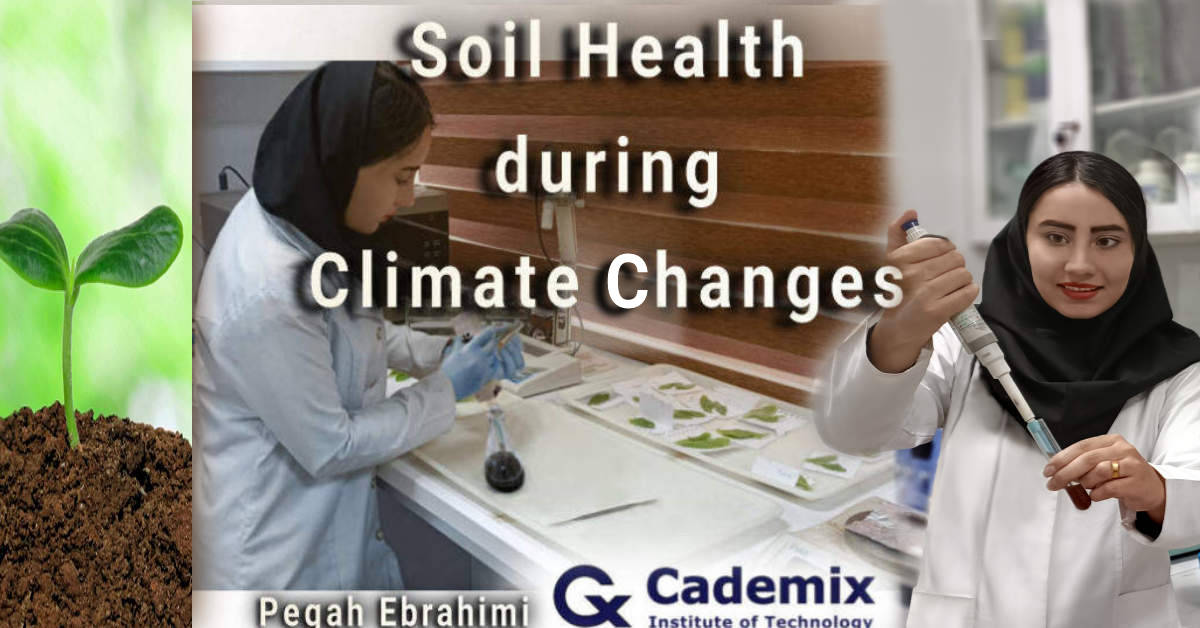
Some Consequences of Climate Changes on Soil
Soil sealing, salinization, and pollution have been highlighted as the key soil hazards in Europe and Central Asia. Changes in soil organic carbon, nutritional imbalances, compaction of the soil, soil erosion by water and wind, loss of soil biodiversity, desertification, and landslides are further hazards. The EASP has also identified soil salinity as a significant regional threat.
• Soil Erosion
This is a developing problem dependent on meteorological data. Soil erosion by water accounts for the largest loss of soil in Europe compared to other erosion processes (e.g. wind erosion). Any soil loss of more than 1 ton per hectare per year over a period of 50 to 100 years is considered irreversible. In the European Union, the average rate of soil loss is 2.46 tons per hectare per year. main factors of soil erosion are still inappropriate farming methods, deforestation, overgrazing, forest fires and construction projects. Although there is no substitute for soil, the findings are useful for future conservation programs. Also, erosional processes preferentially remove soil organic carbon (SOC) because it is close to the soil surface and has a low density.
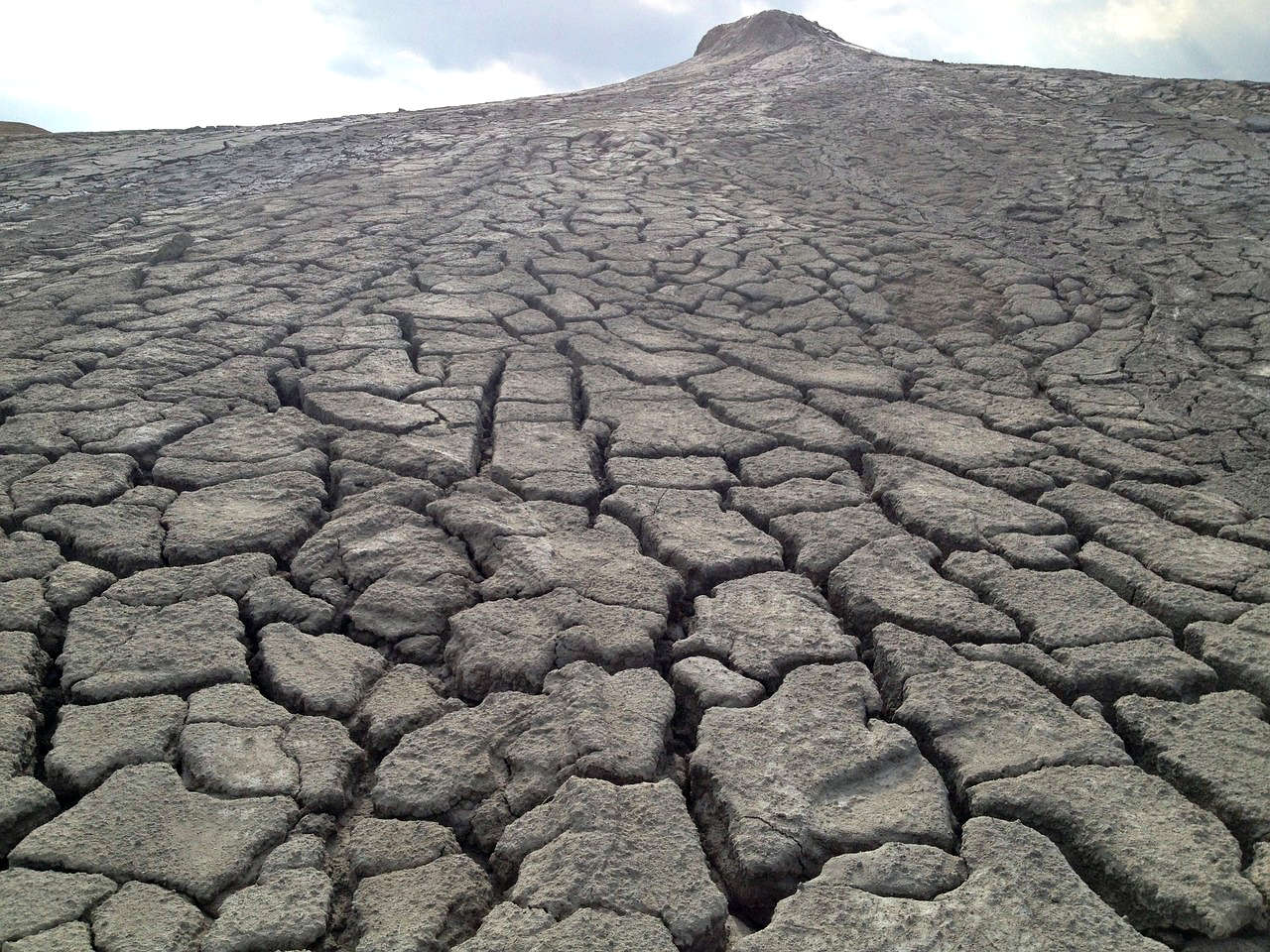
• Increase in Soil Temperature
Temperature not only affects the overall change of regional climate and plant growth patterns in the soil, but also controls the activity of living organisms in the soil. There are some specialized micro-organisms that breathe nitrate and carbon dioxide. These microbes produce two extremely potent greenhouse gases as a result of their respiration: nitrous oxide (300 times more potent than carbon dioxide), and methane (25 times stronger than carbon dioxide). As a result, sunlight is readily absorbed and serves as fuel for heating. Soil Health, which serves as the environment for growing the food we require, is dependent on this warming. So we can say that the soil responds to its own actions. In his cycle, our unique human role in promoting soil health becomes more apparent.
The Reaction of Insects:
Insects that live in the soil recycle plants and nutrients. They are very important for soil health and the nutrient cycle in the soil. Increasing temperatures have a negative effect on living organisms that have been adapted to the environment over the years. We will see an increase of 0.6 degrees between 2070 and 2100. A 10 percent increase in rainfall in spring and summer, while summer will be 20 percent drier. We have to wait for changes in the behavior and reduction of land biodiversity. Therefore, agriculture cannot make up for the lost things in the world. If steps are not taken to better understand and reduce the impact of climate change on insects, we will significantly reduce our capacity to build a sustainable future based on robust and functioning ecosystems. Alao, soil temperature can predict pest spread in crops. Attention to soil insects is one of the important factors in soil health during climate change.
Value and Importance
• Soil Organic Carbon (SOC)
The carbon reserves in the soil reflect the balance between the organic inputs and their slow destruction by the living organisms. Soil erosion by water significantly affects the carbon cycle, but its exact effects are unclear. As a result, soil erosion power varies depending on the land. To date, farmers have used many ways to increase and regulate soil carbon. Disrupting carbon balance in soil directly affects the environment. Increasing carbon reserves in the soil will help reduce the increasing accumulation of greenhouse gases. Maintaining and restoring this key ecosystem allows the soil to absorb carbon easily.
• Plant-Soil Feedbacks (PSFs)
Climate Change effected on Plant-Soil Feedbacks (PSF). Soils and plants are intricately connected. In reaction to a changing climate, the composition of plant and soil communities as well as the interactions between them may alter. Plant-soil feedback leads to improved sustainability, increased productivity and management of biodiversity in the ecosystem. Climate change directly affects the relationship cycle between soil, plants, decomposers, and their symbionts. Following that, plants’ sediment input to the soil subsystem alters. The cycle of product creation is increasingly impacted by these reciprocal shifts and it increases the need for basic measures.
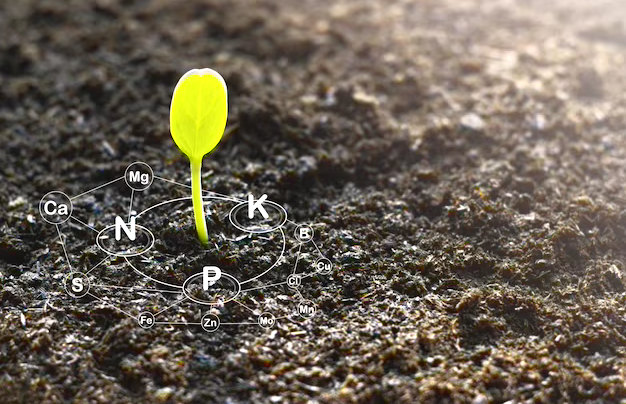
Soil Conservation
Soil conservation is essential to stop the loss of this natural resource and boost agricultural productivity. Unfortunately, there are few technological applications in this field due to the infrequent usage of soil restoration and conservation methods on agricultural lands. A few factors that contribute to the failure of conservation initiatives include a lack of scientific understanding, poverty, technical institutions, human attitudes, untrained farmers, farm size, and work organization. For example, green marketing tries to respond to the needs of customers in order to protect the environment. The orientation of people in choosing the type of product compatible with the environment gives strength to the application of protection methods and prevents further soil destruction.
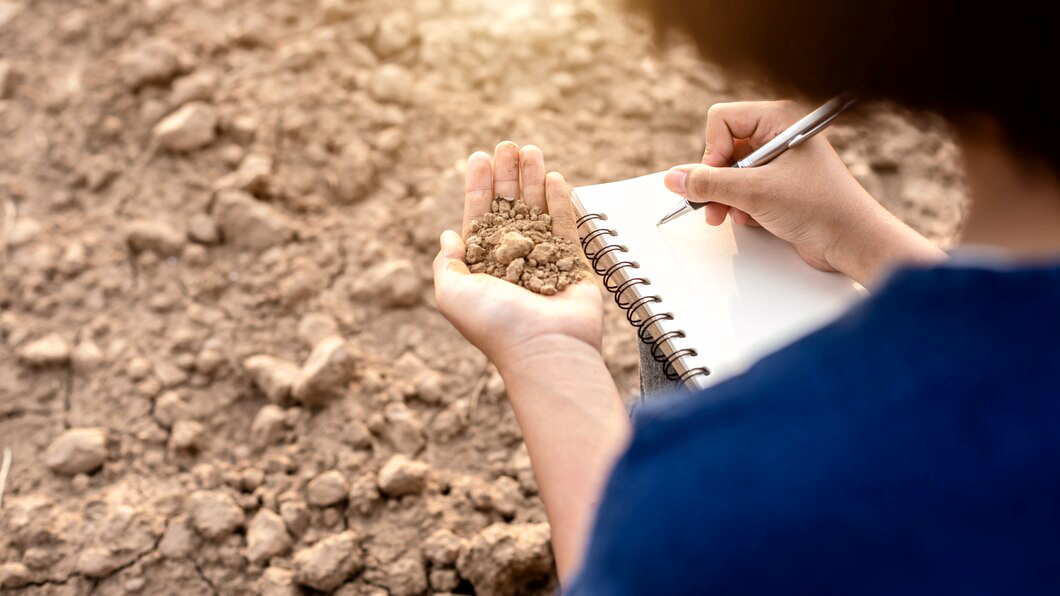
Conclusion
Soil is one of the most important resources needed for life. All the resources needed for plant growth are stored in the soil and provide the life of the primary consumers. Therefore, the life of humans and secondary consumers also depends on the elements in the soil so that life on the planet is possible. Changing the physical structure, amount of elements, temperature and humidity of the soil can clearly create a threat. In this article, we mentioned the importance of soil health during climate changes and why of using protective methods for soil health and stability. To maintain its health, knowledge of soil physics and sustainable methods are needed. Due to the need to increase food production, we need sustainable management of land and soil.
Related Keywords
Soil conservation, climate changes, soil erosion, production, consumption, Plant, soil health, carbon dioxide, plant-soil feedbacks, earth, sustainablity, sustainable farming, green marketing, important elements, soil physics, greenhouse gases, insects, Pegah Ebrahimi, Cademix

